
The Rambla Nova or the New Rambla (Rambla Nova de Tarragona) - the Central axis of the Tarragona Avenue, crossing the modern city of Tarragona from the South-East to North-West and is perhaps the most famous and one of the most popular streets in the center of Tarragona.
Rambla Nova was built August 18, 1854, the year of the destruction of the wall of San Juan, in order to combine the upper and lower parts of the city. Originally the street was called "Esplanade", but was renamed in Rambla de San Juan, in memory of the old part of the wall, held in this place. Later the street acquired its present name - Rambla Nova.
In 2006 was opened new section of the Rambla along the Avenida del President lluís Companys (President Rambla Lluís Companys) and Avenida del President Francesc Macià (Rambla President Francesc Macià), the culmination of which was the square of the Catalan Islands (Plaça Corts Catalanes). With these new stations, the total length of Las Ramblas was about 2000 meters from the river Francolí to the Mediterranean sea.
The street called La Rambla Nova, has a width of 45 meters and a kilometer in length, running parallel to Rambla Vella, stretches from the viewing platform, Balcony of the Mediterranean and to the Imperial Tarraco square (Plaça Imperial Tàrraco).
Rambla Nova originates from the lookout "Balcony of the Mediterranean" (Balco del Mediterrani Mediterranean or Balcony), located on the edge of the 23-metre-high cliff (42 meters above sea level). From the observation deck offers spectacular panoramic views of the endless sea, the harbour, railway station, Central beach Miracle and part of the city. Read more about the lookout Balcony of the Mediterranean...
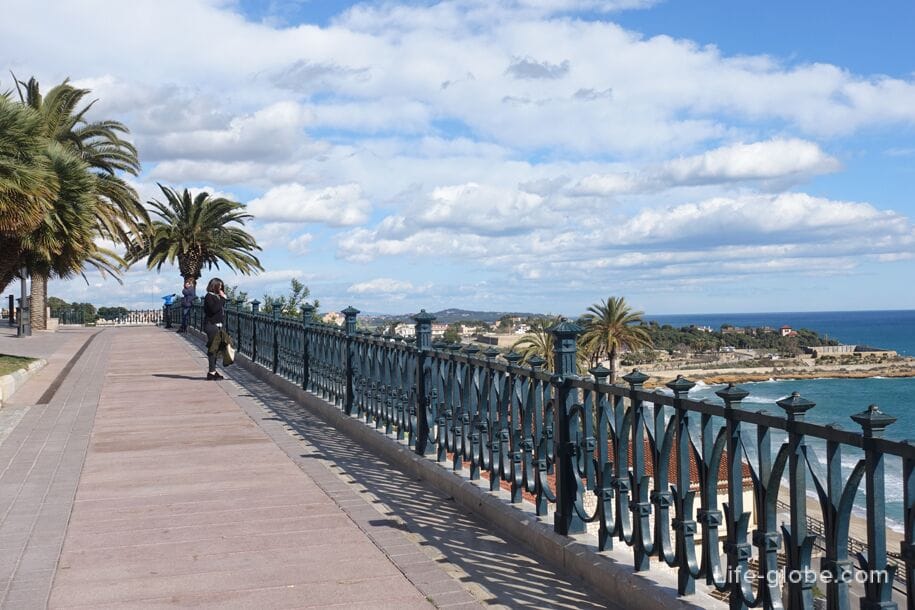
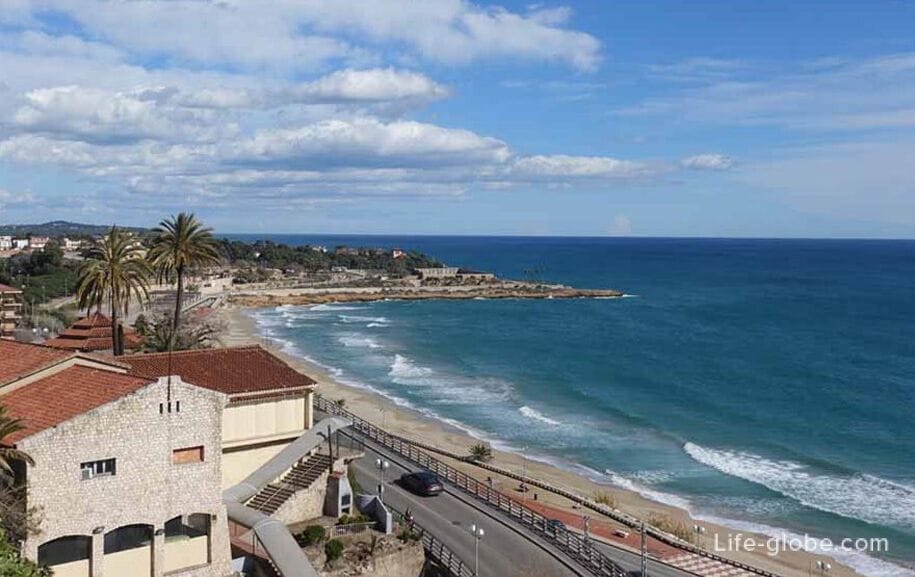
The beginning of the Rambla Nova is decorated with a monument of the Catalan Admiral Ruggiero di Lauria (Monument a Roger de Lluria).
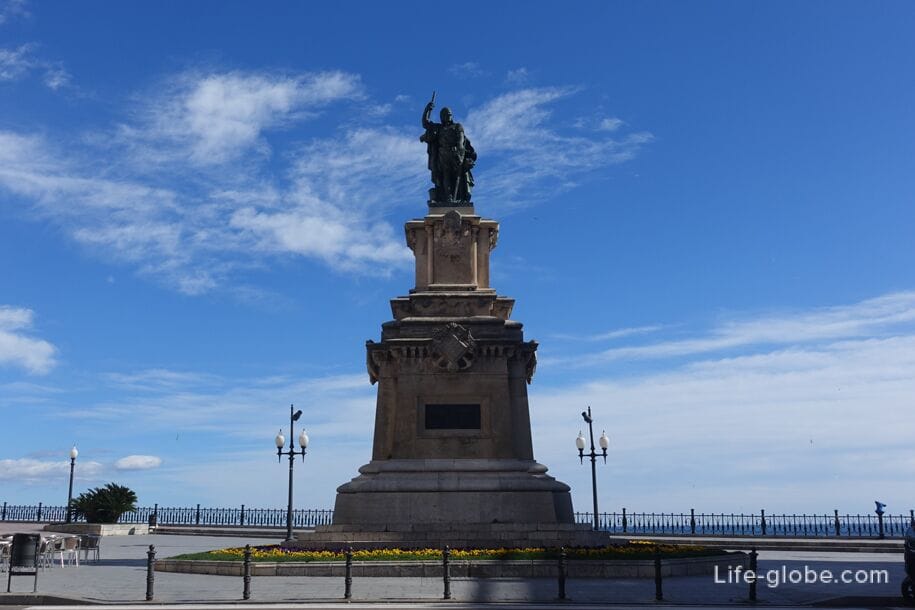
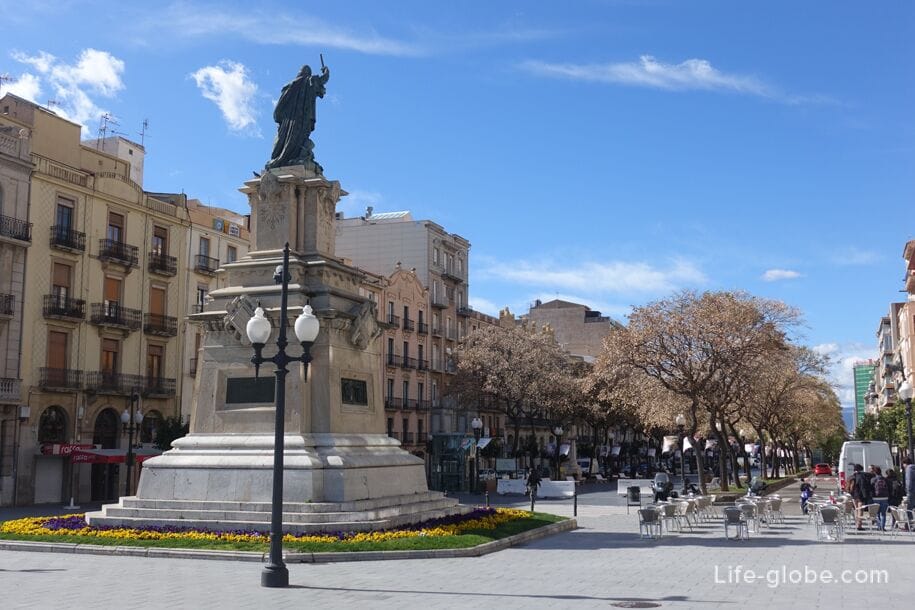
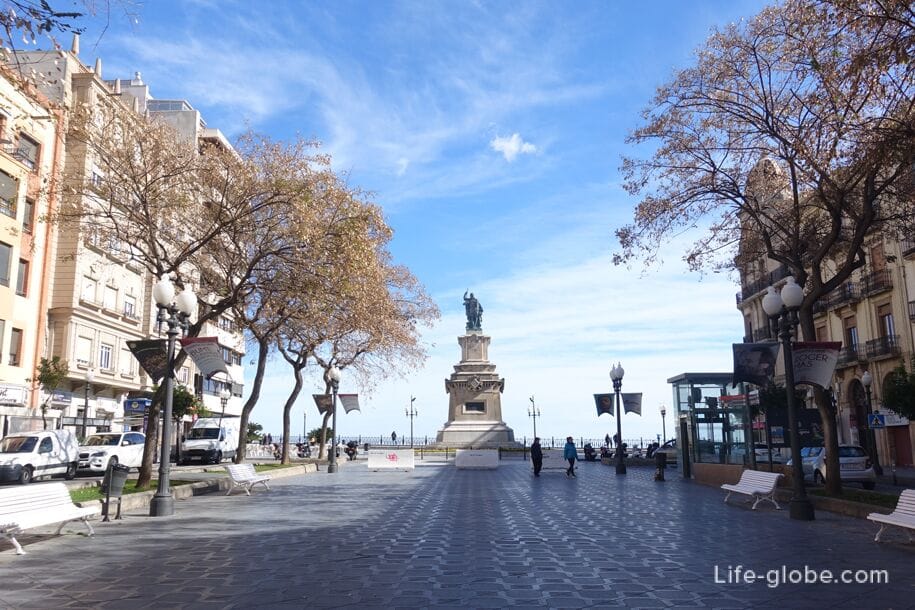
The centre of the Rambla is a Boulevard, walking area, which is a Central promenade with trees, Seating, sculptures and monuments.
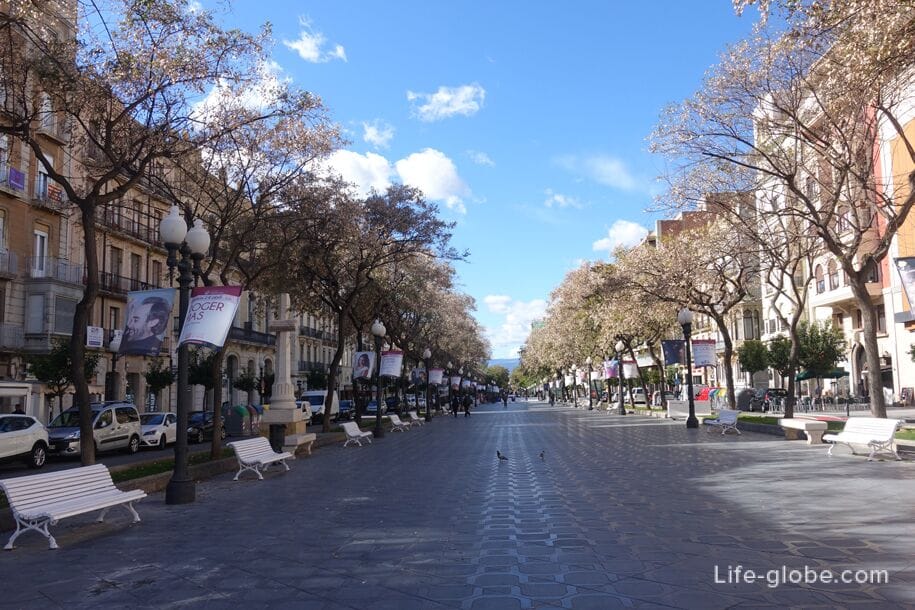

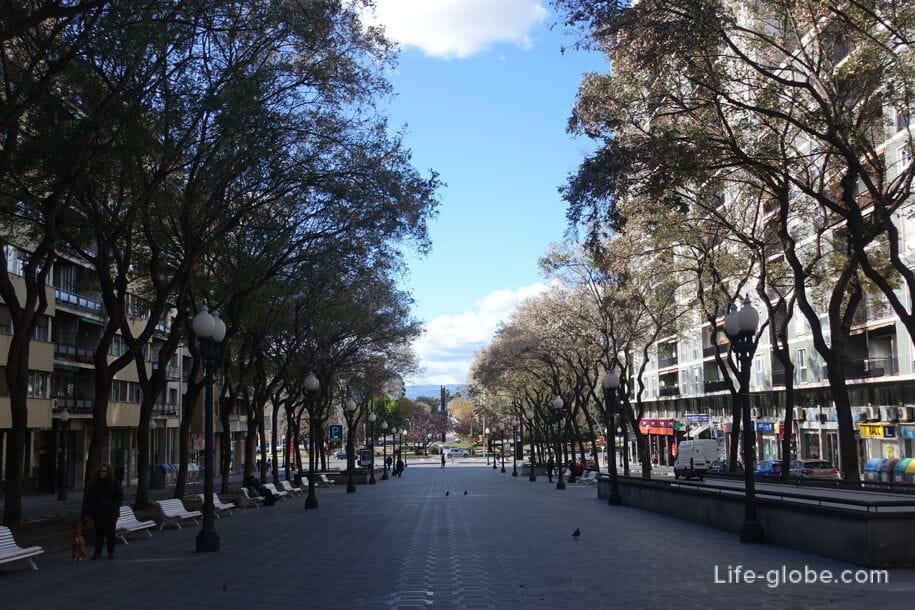
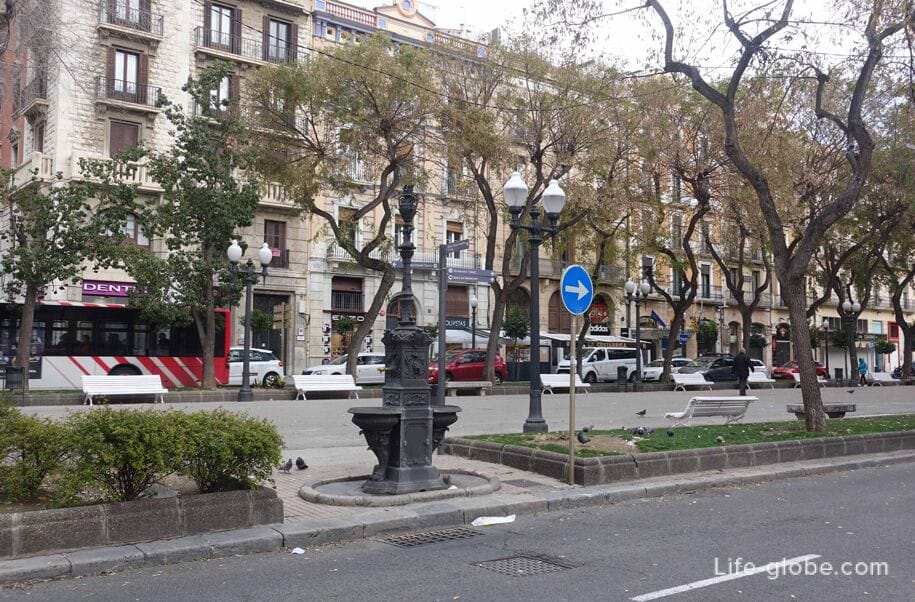
On both sides of the promenade are carriageways roads and sidewalks, along which cafes, restaurants and shops.
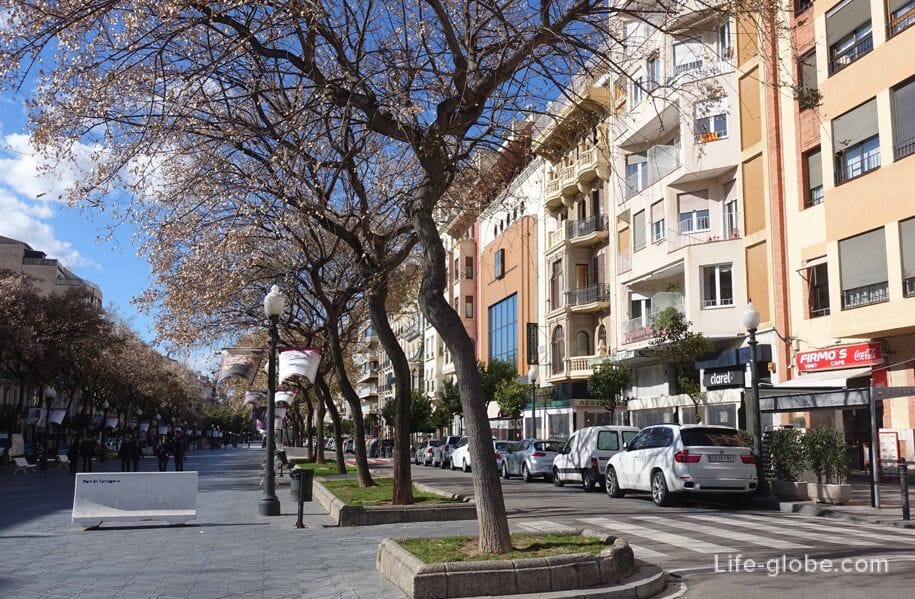
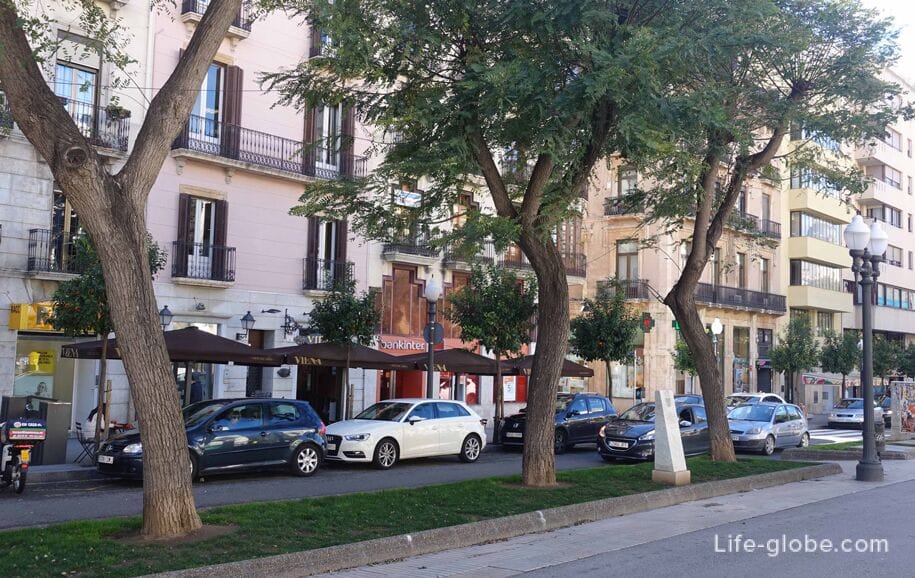
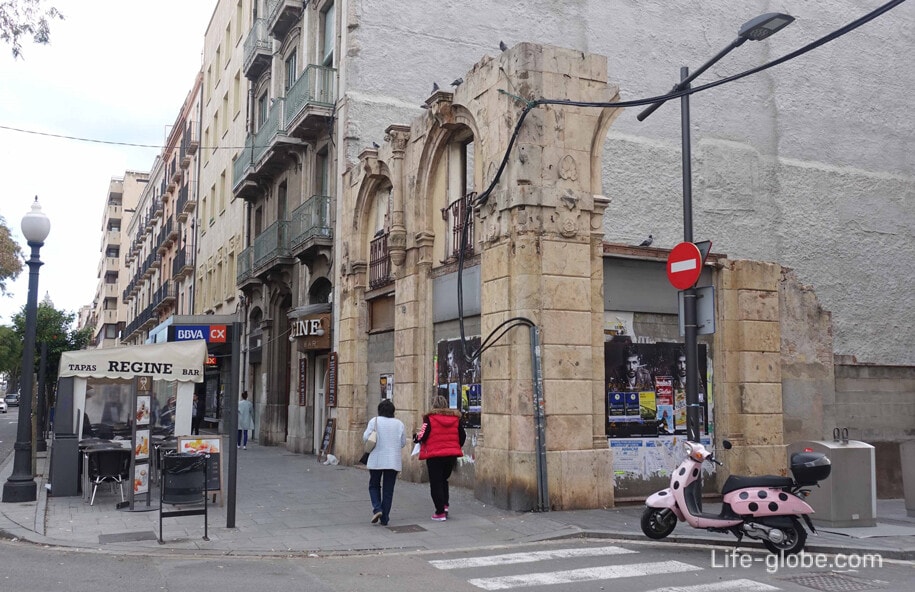
The famous street Rambla Nova and some landmarks:
monument Sardine in Tarragona (El monument a la sardana) - marble sculpture, opened in 1973 in connection with the proclamation of Tarragona the capital of this national dance of Catalonia. In Catalonia from 1960 to celebrate the Day of the Sardine;
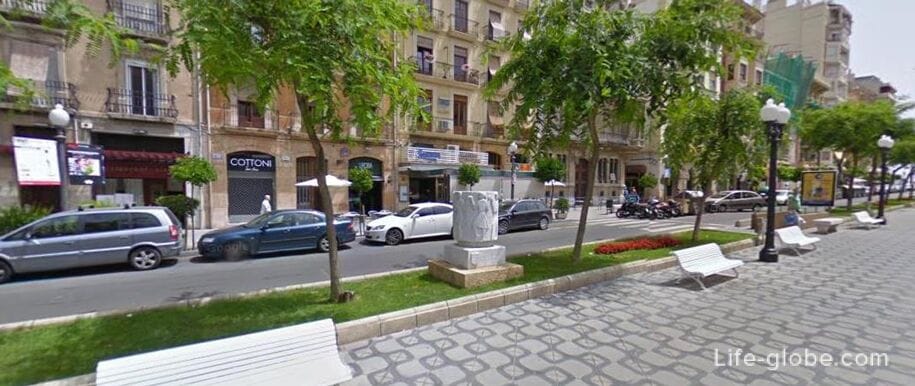
- bronze sculpture - statue of the grandfather of Virgil (L'avi Virgili), Tarragona dedicated to the famous publisher and bibliographer Josep Pau Virgil (Josep-Pau Virgili i Sanromà years 1895-1993). The monument was created in 1995 in honor of the 100th anniversary of Virgil;

theatre of Tarragona (Teatre Tarragona);
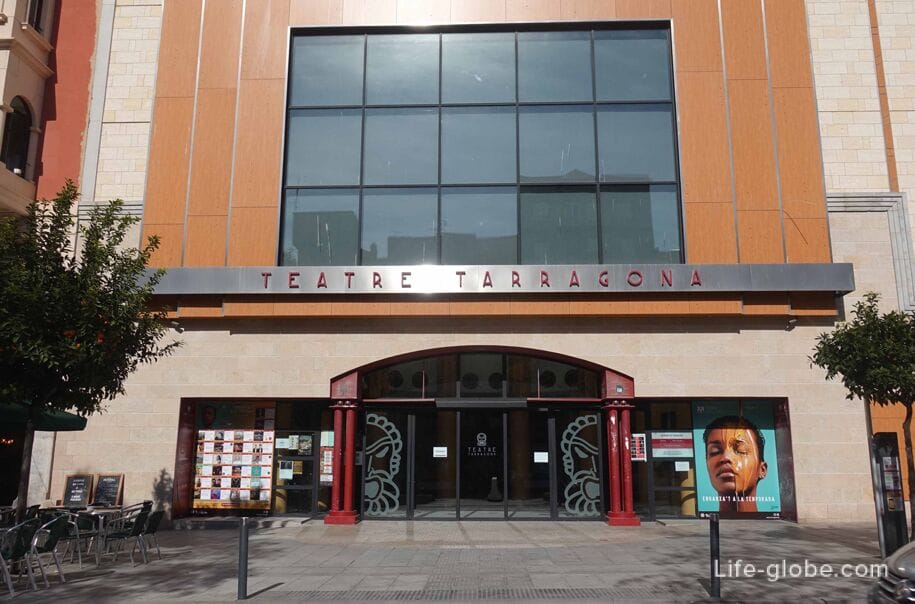
- the monument to the heroes of Tarragona 1811 (Tarragona als herois de 1811) commonly known as "Naked". This monument was commissioned to commemorate the first century of the siege and plunder of the city by Napoleon's troops during the French war. The fact that the sculptures of the composition depicted naked people, caused a lot of controversy in the society of that time, as a result, the monument was stored at the municipal warehouse for many years. In 1931, the monument was erected permanently at its present location;
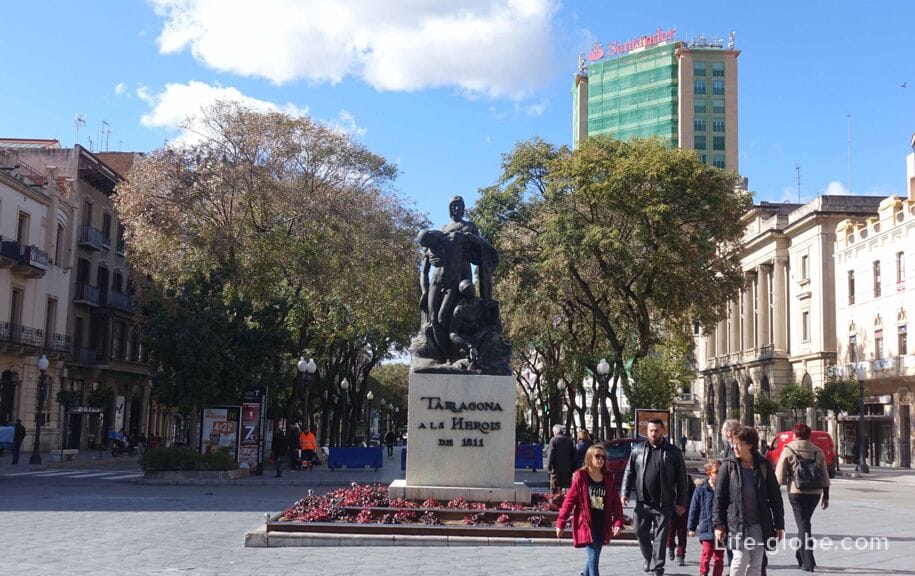
source century or Century fountain (Font del Centenari) - the most famous fountain of the city, local landmark, erected to commemorate the centenary of the Rambla Nova. The work of Josep Viladomat was opened on 15 August 1954 and installed in that place, where at that time were the end of Las Ramblas.
The fountain known as the fountain of the "Four continents". The name comes from the composition of the fountain - the four sculptural groups representing the four races (four directions) in the form of separate compositions consisting of male figures and animals: the European and the polar bear - which marks the North African and Hippo - South, a man in a turban with an elephant - East, the Indian crocodile - West.
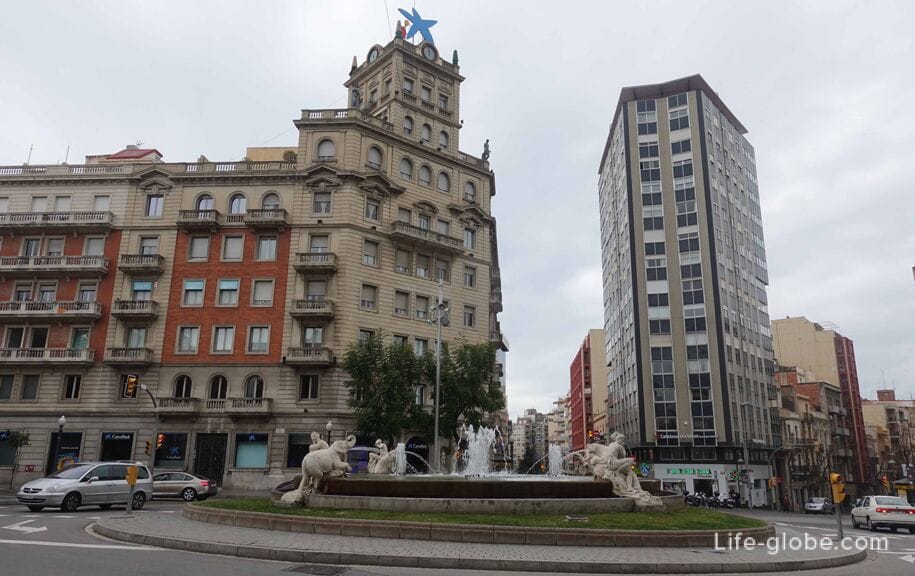
Around the fountain are several historical buildings;

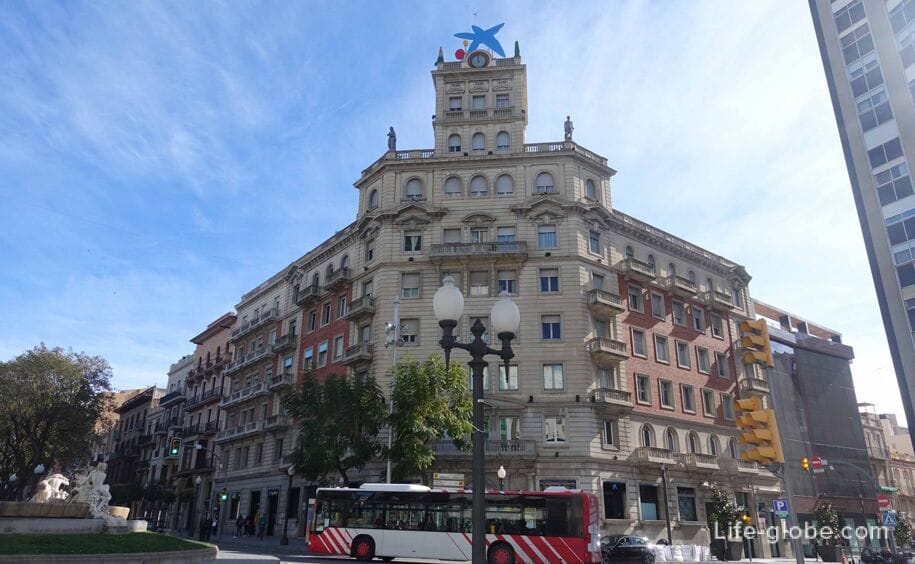
- a monument to human towers "Castells", also known as the monument builders of human towers "Castells" (Monument als Castellers) is the most memorable and well-known monument, La Rambla Nova.
Castells - the so-called sports and cultural activities, very popular in Catalonia, whose members are in the form of high towers.
The monument, opened on may 29, 1999, is a bronze tower, consisting of sculptures of people 4 of 8 life-size. The monument is an eleven-meter tall, weighs twelve tons, and consists of 222 sculptures of people made with great detail.
The participants of the "tower" in sculpture, there are other standing members - the sculpture of the head and three musicians.
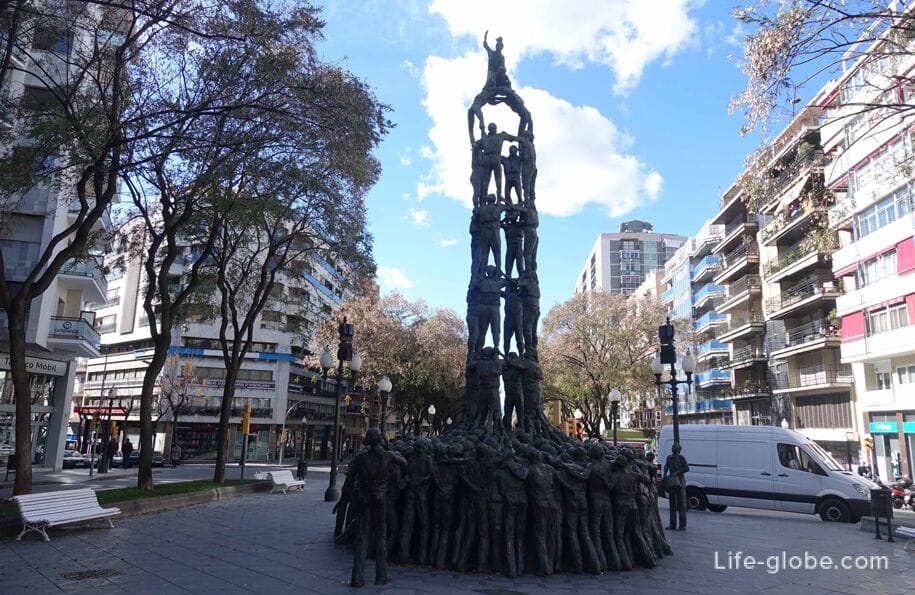

Ends the Rambla Nova area of Imperial Tarraco is the most green part of the street.
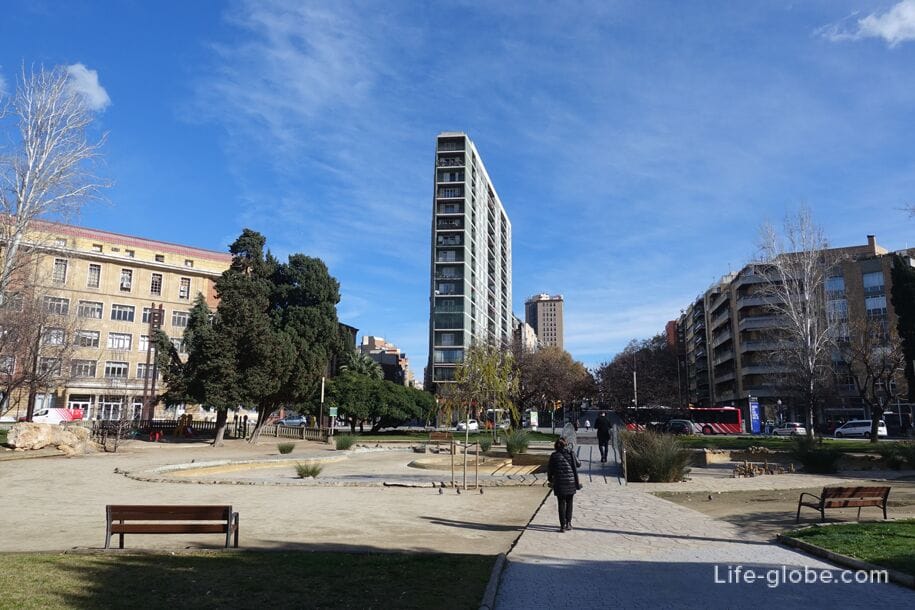
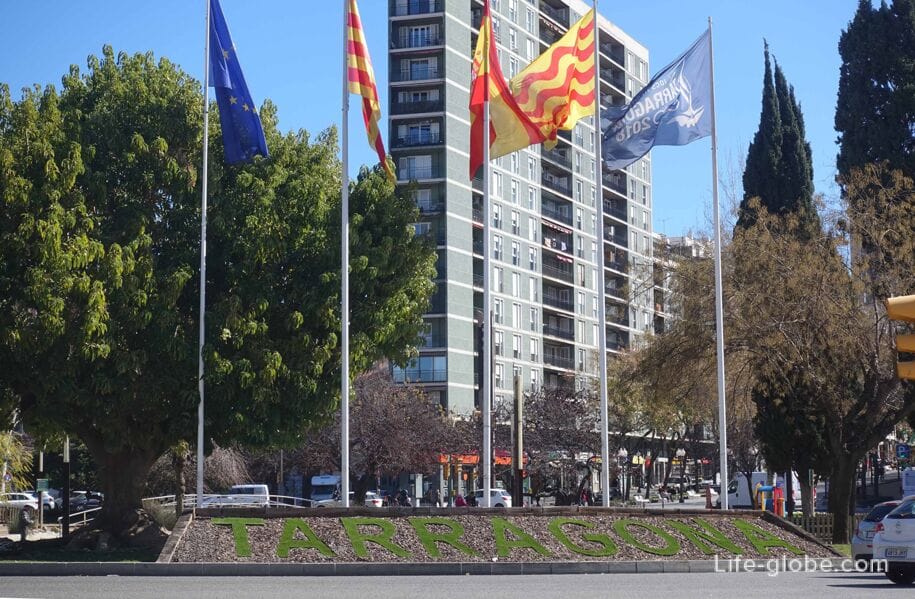
Around the square are several important buildings: the bus station, the former faculty of arts of the University of Rovira and Virgili, a division of the Spanish government, the former headquarters of Caixa Tarragona, the provincial main transit management and the 4-star SB Ciutat de Tarragona features a rooftop pool and hot tub.
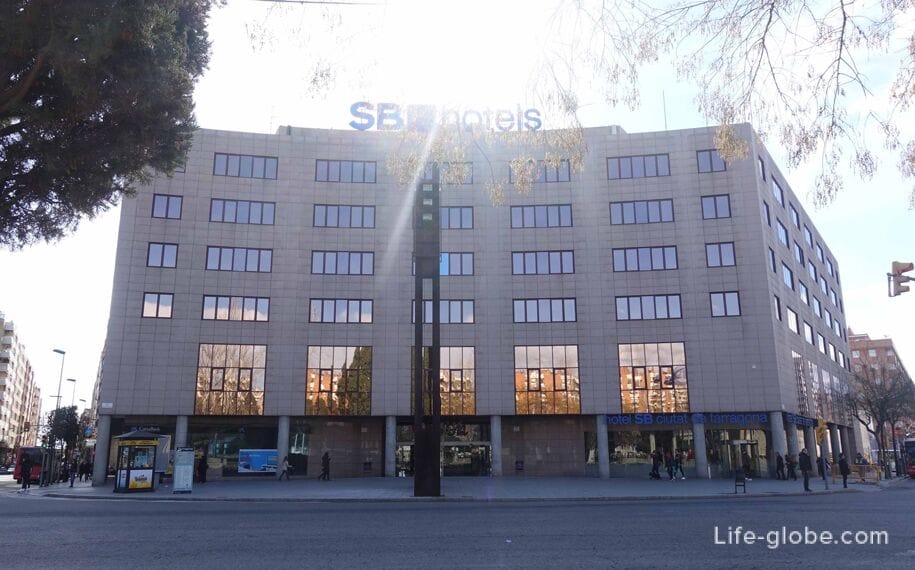
For the Imperial Tarraco square, Las Ramblas ends, and blends of two of La Rambla: La Rambla President Luis Companys and La Rambla President Francesc Macià. Both streets also have a promenade in the center and a few sculptures.
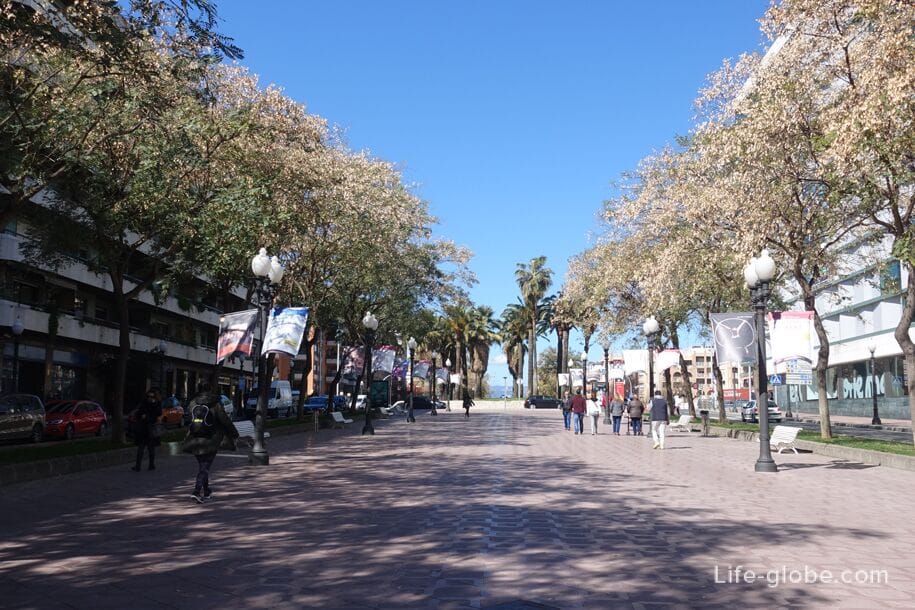
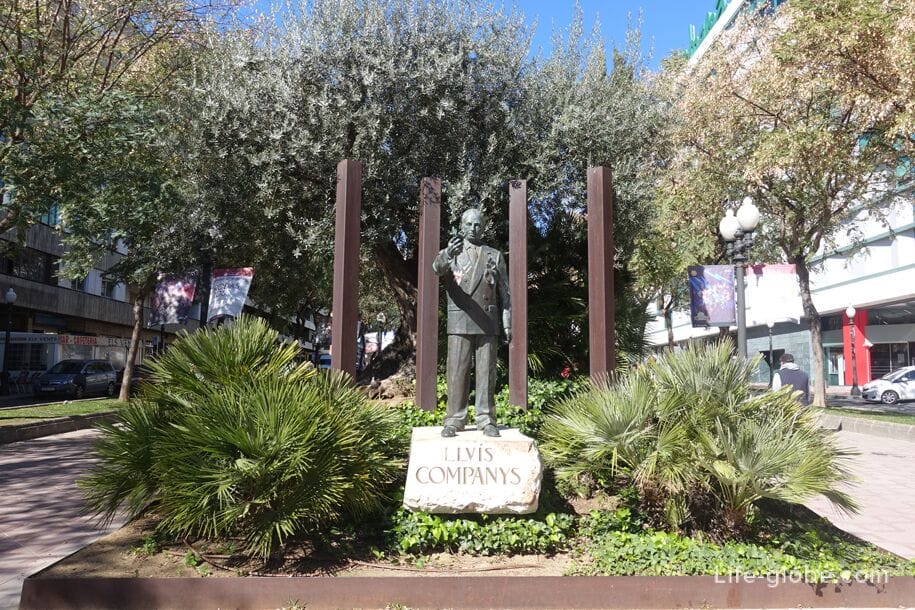
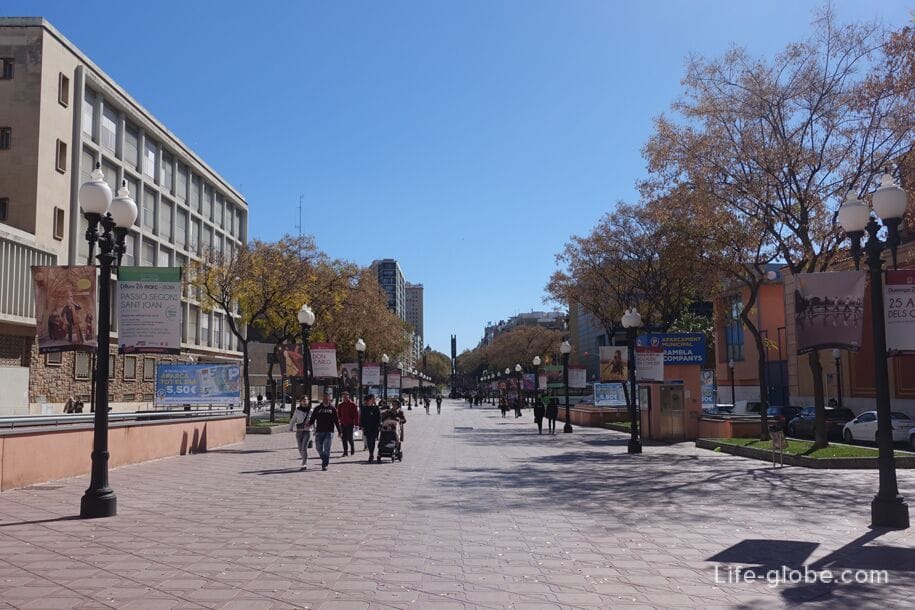
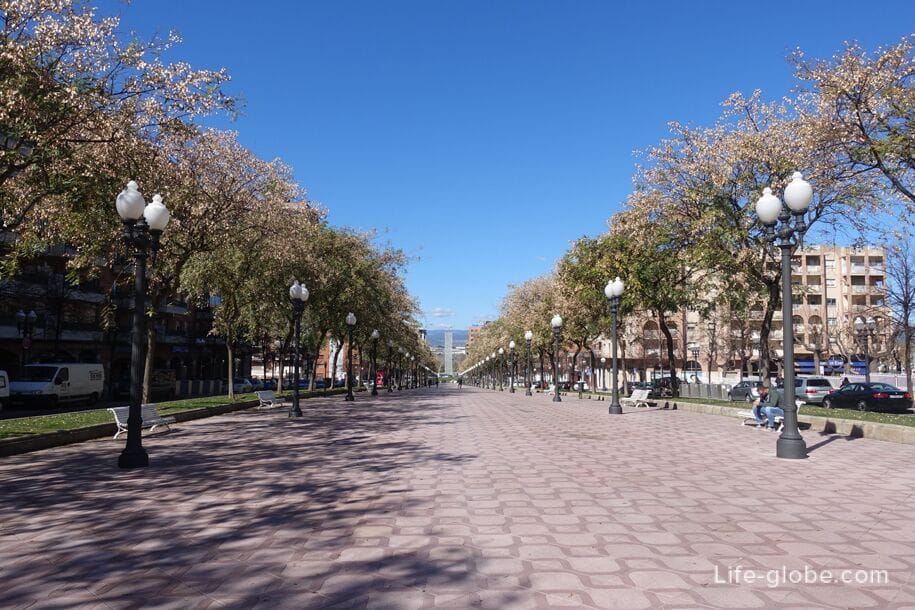
Of particular importance along the streets have Catalan Church of St Paul (Parròquia de Sant Pau) and the Department store "El Corte inglés" (El Corte Inglés).
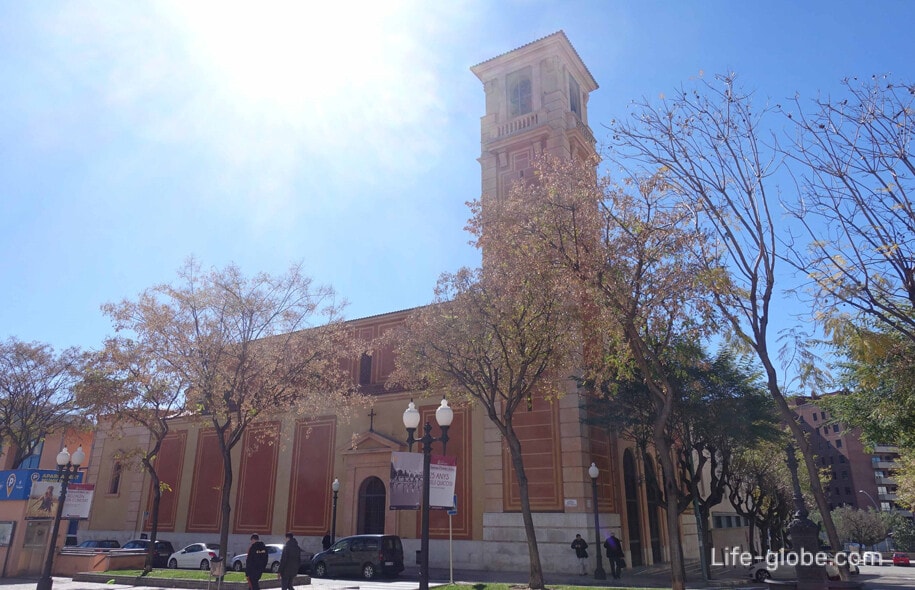

Over the Ramblas area of the Catalan Islands, the center of which is a large modern sculpture "tower of the winds" (Torre dels Vents).
Near the square there are two accommodation facilities: 3-star hotel SB Express Tarragona features free Wi-Fi, a flat-screen TV, air conditioning, Hairdryer and safe; apartments Rambla of Tarragona with free Wi-Fi and a garden.
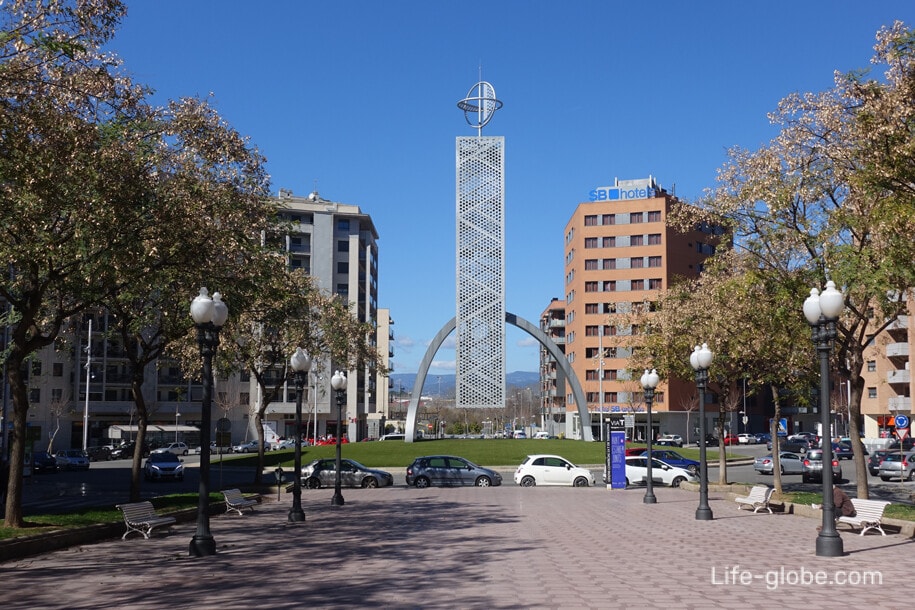
All accommodation facilities in Tarragona, including on the Rambla, can be viewed and booked here